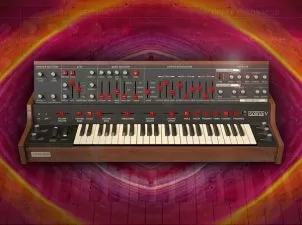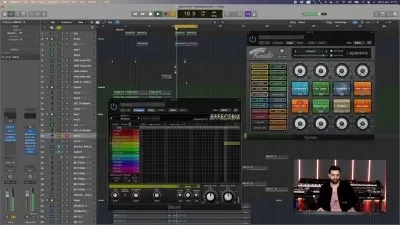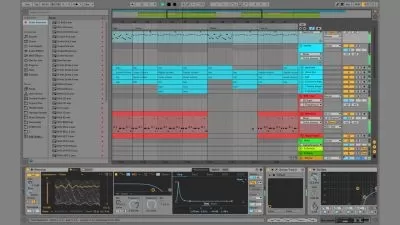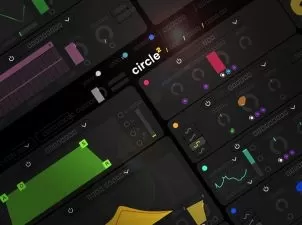Music Theory: The Foundation of Great Music
Sean Atkinson
7:33:46
Description
Music has a phenomenal power to move, transport, and delight us. Across numerous styles and forms—from the iconic masterpieces of the classical tradition to genres such as jazz, rock, pop, and folk—great music expresses the inexpressible, speaks across time and cultures, and galvanizes audiences across the world. And the more we understand about music, the more we appreciate it, and a knowledge of music theory is the best place to start.
Music may be the most abstract of the arts, as its sonic language is a spectrum of tones, but it has a highly organized structure, a structure that allows for both its form and its meaning. In fact, the great expressive capacity of music and its ability to captivate us and to deeply communicate is rooted in its organized structure and how that structure is used creatively by composers, as well as by performers.
A clear knowledge of the theory of music—the “how” of music—offers you insight into:
- How a musical narrative is created and how music communicates;
- How music uses time and moves through time;
- How the tension, release, and resolution of musical harmony play an essential role in the expressive power of music;
- The diversity of musical styles, and what makes musical styles and genres what they are, be it classical, jazz, bluegrass, or rock & roll;
- How rhythmic structure influences the effect the music has on us;
- How different expressive effects are created, both by composers and players;
- How music is conceived by those who write and play it; and more.
In Music Theory: The Foundation of Great Music, you’ll delve into the inner workings of Western tonal music through 18 enjoyable and revealing lessons taught by Professor Sean Atkinson of Texas Christian University. Professor Atkinson, an eminent music theorist and teacher, makes music theory refreshingly clear and accessible, demystifying the skill of reading music as well as the principles of musical analysis. Using a highly interactive approach, he orients the lessons to an understanding of how music creates its remarkable effects, both formally and expressively, and how this understanding benefits us as listeners and players.
At the heart of these lessons lies the ability to read music as a tool for understanding what you hear and for deepening your enjoyment in listening, as well as for playing music. As you learn, step by step, to read and understand the written score, you’ll see the structure of the music and how the music unfolds on the page. You’ll also see how musical tones are written down in the form of notes, with each note having a rhythmic value, showing how long the note lasts in time. And you’ll study how rhythm and meter work in music, how the key element of musical harmony functions, how a musical score is performed, and much more. With highly valuable insights for both listeners and instrumentalists, these 18 engaging lessons will teach you to become literate in the language of music.
Discover the Inner Structure of Musical Expression
As you develop your skills in reading and understanding the score, you’ll explore the essential elements of musical form, structure, and composition, such as:
- Tonality—Grasp how most Western music is based in tonality—the organization of musical tones into recognizable patterns; learn how musical scales, 7-note sequences, form the sonic grounding or tonality of works of music, how major and minor scales are often associated with different states of mind, and how musical scales are related to one another;
- Rhythm and Meter—Learn how rhythm forms a central structure or backbone for a piece of music, and build skill in reading and performing musical rhythms; also, study meter, the organization of musical pulses or beats within the music and on the page, and explore the systems of simple and compound meter;
- Counterpoint—One of the core features of Western classical music, uncover the parameters of counterpoint, the writing of two melodic lines which are played at the same time; see how the melodic lines move in very specific ways, forming a coherent sequence that makes melodic and harmonic sense, and creating the basis for musical narrative;
- Harmony—Study the laws of harmony, the foundation of tonal music, where two or more notes are played together; learn how chords, groups of three or more notes that sound at the same time, form sequences or progressions, creating tonal tension or instability that leads finally to resolution or stability—an integral element of the expressive power of music;
- Musical Narrative: Phrase Structure—Witness how a piece of music unfolds by means of musical units called phrases, which have a beginning and an end; then see how phrases are encompassed within larger units called periods and sentences, allowing the music to create a sense of a narrative or “story” in sound; and
- Playing the Score: Elements of Expression—Explore the markings within a score that indicate how the music should be performed; take account of dynamics, the volume or loudness of a given sequence, articulation, the way an individual note should be performed, and tempo, the speed of the music, and how these indications are realized by performers.
Enjoy Literacy in the Language of Music
Throughout the course, Professor Atkinson’s spirited and approachable teaching style makes for a thoroughly compelling and fun excursion into music theory and its applications. He illustrates the elements of musical form and structure with recorded examples from great works by Bach, Mozart, Haydn, and Robert and Clara Schumann, as well as excerpts from jazz, rock, and other musical genres, showing how the principles of tonal music apply within different musical forms. Extensive onscreen graphics clearly illustrate the musical elements under discussion, making the material easy to follow and directly graspable. A special course workbook provides many additional resources for study and practice.
A particularly special feature of this course is a live session with a working jazz pianist, who plays several jazz classics, interpreting the songs using only chords and a melody line. Here you witness musical improvisation in action, and its relevance to understanding musical form and expression.
Music Theory: The Foundation of Great Music offers you an adventure in listening, a richly insightful inquiry that will deepen your appreciation and enjoyment of one of our world’s most sublime art forms.
More details
User Reviews
Rating
Sean Atkinson
Instructor's CoursesSean Atkinson is an Associate Professor of Music Theory at the Texas Christian University School of Music, where he teaches courses on topics such as music theory, aural skills, and form and analysis. He also teaches graduate seminars on music analysis and musical meaning as well as a media studies class for the university’s Honors College. Prior to joining the faculty at TCU, he taught in the Department of Music at The University of Texas at Arlington. He holds a BM in Music Theory and Trombone Performance from Furman University and earned MM and PhD degrees in Music Theory from Florida State University.
Professor Atkinson’s research, which broadly addresses issues of musical meaning in multimedia contexts, has been published in journals such as Music Theory Online, Indiana Theory Review, the Dutch Journal of Music Theory, and Popular Music. He is also active in the growing field of video game music (ludomusicology) and has presented at the North American Conference on Video Game Music and the Music and the Moving Image Conference at New York University.
Professor Atkinson is a cofounder of No Quarters, an on-campus video game lab at TCU committed to the interdisciplinary research and teaching of video games. Housed in the library, the lab allows students and teachers to explore a growing number of games and consoles, including virtual reality.
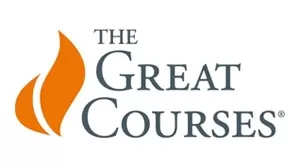
The Great Courses
View courses The Great Courses- language english
- Training sessions 19
- duration 7:33:46
- English subtitles has
- Release Date 2023/08/19








